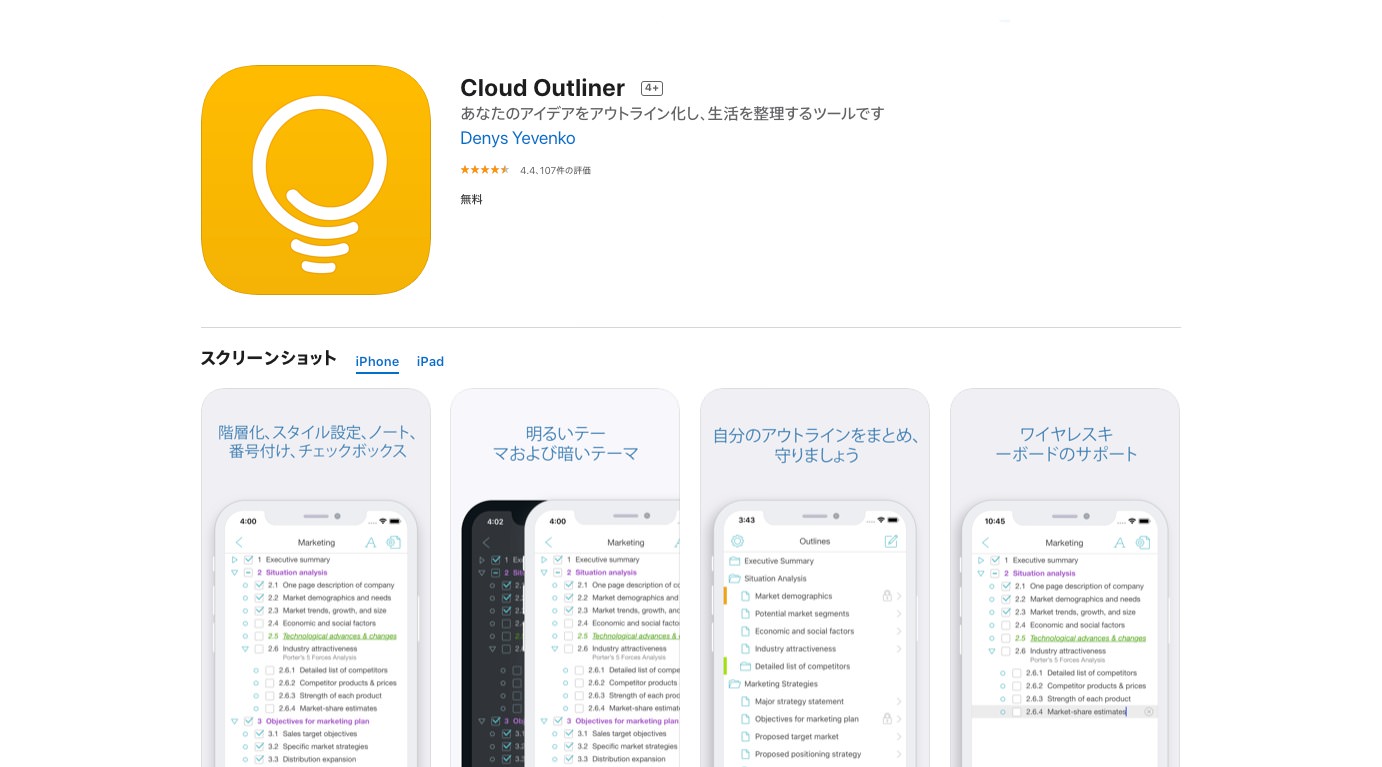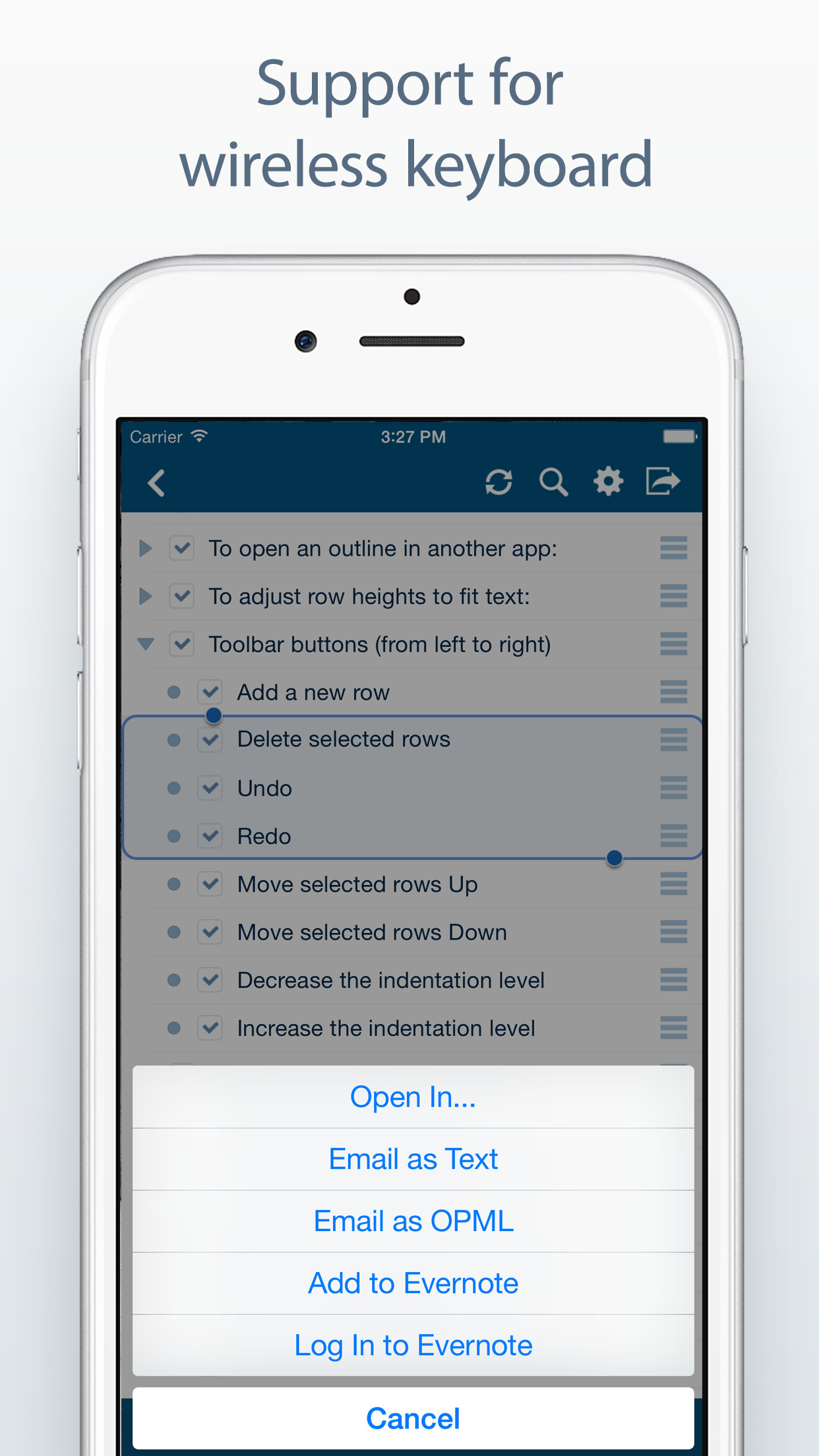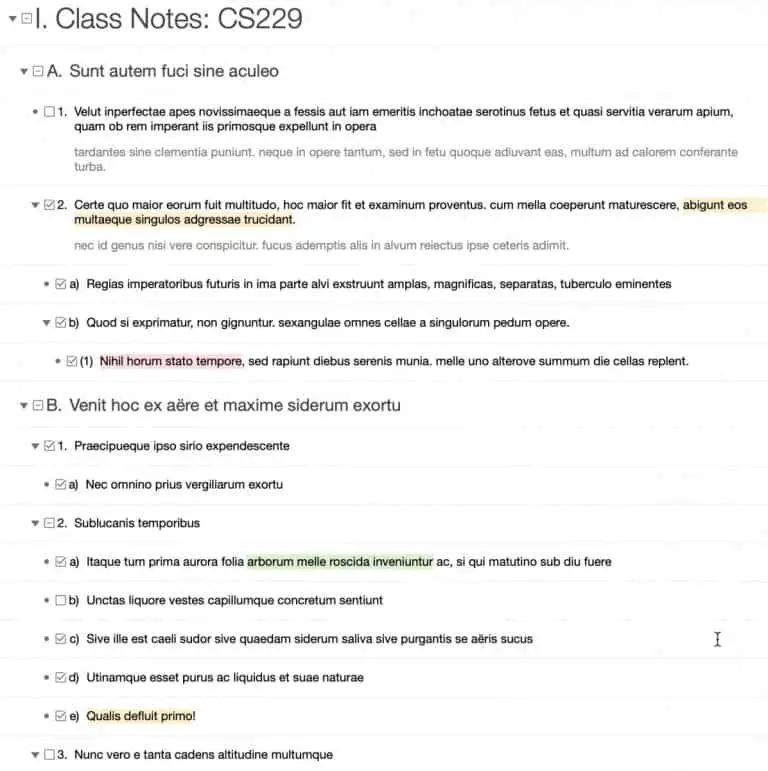
The Roam42 addons are great, so are all the custom js and css that so many users are sharing.

Great to get started, but I rapidly adapted my workflow for my own needs (basic science/medical/clinical research).īoth Obsidian and RR work beautifully with Bookends, Highlights, ThreadReader and Readwise. I also did the Effortless Output course and the Cite to Write too. If you did not check it out, you definitely should! It is as actively developed as RR. One reason that I amy end up making the switch is that I am also a big user of DTPro - in principle, an Obsidian database is ideally suited for DTPro since it entirely based on local markdown files. OmniOutliner 3 for iOS brings structured writing to a wider audience with the introduction of OmniOutliner Essentials and adds highly anticipated features to OmniOutliner Pro. I still make a constant backup via GitHub in JSON and markdown format… I use the latter to populate an Obsidian database (so I could go easily back if needed). I thought I would prefer Obsidian because of the better/safer file system… but I ended up settling on RR because it really suits how I think. When I have some spare time I’ll write my current workflow down in some more detail on my productivity blog.īTW DevonThink seems to get scriptable incoming/outcoming references soon, which will be interesting.Īlthough I was reticent at the beignning, I am now using Roam Research on a daily basis. smaller single files for different steps/meetings, but currently I think the first approach has some advances for me (and OmniOutliner also allows you to focus on a subtree of a file). I’m still switching between one long-running file for each project vs.

In my current workflow I keep the OmniOutliner files on the iPad while they are active/current, but file them away to DT when a project is considered done. I also often read forums of various apps I do not use, mainly because they contain interesting discussions you can transfer to other apps too, even if the app they are discussing is intimidating (like the Tinderbox forum -)). Yes, it is definitely a good source of inspiration, even if you end up using another app. Of course it is quite a bit more clunky than Wikilinks, but well. to DT, so I regularly use DT-URLs inside the outlines to link to other documents or even other outlines. I put all related resources like PDFs, PPTs, DOCs etc. I also create outlines for certain events like conferences or symposiums (those usually get archived away directly after the event).

When a project is done I’ll put the file to DT. I have one open file for each current project or topic which stays the same for the duration of the project. I think I’m not really the type for atomic notes, but prefer like “evergreen” notes. Outlining just fits my note-taking style best. But recently I’ve also been playing around with using OmniOutliner again. Previously I’ve been doing some Zettelkasten-style notetaking in DevonThink similar to how you describe it in your book.

Currently, my main hubs are DevonThink and OmniFocus (both with end-to-end encryption!) Essentials is good for those that dont need anything over complicated, fancy, and dont care for extra customizations. I won’t put my research data nor student data into a unencrypted cloud service. However, as a cloud-only app for note-taking, I have some privacy concerns. I've seen Lucidchart being used by #Product Teams, #Network #Engineers, #IT Departments, #DevOps, or non-Engineering related teams.I really like the idea of Roam and also appreciate that it is outlining-based rather than Markdown-based, as it really fits my way of thinking. Ultimately, my recommendation was & we closed on Lucidchart, as it won on couple of key aspects : #Team #Collaboration, #Integrations with #AWS for instance, and certain specific visualizations we were looking for / others didn't have. We also looked at potential alternatives such as Microsoft Visio for instance. In the past, I had worked with #VisualParadigm for #UML, in both desktop and #SaaS version of the product. You want to make sure everybody's got the same understanding of your approach, so you can better communicate, and start delegating more. So it represents the ontologies and 'phylogenies' of knowledge as a map, just like how my mind does. Dendron creates a graph/mindmap not of the individual notes, but of the organization of the notes. Especially when working with complex/distributed systems. Dendron's 'schema' syntax looks just like the. When starting my new role at #Stessa, I needed a solution to start diagramming some of my #Architecture so I'd be able to share my views on #SystemArchitecture with the rest of the team.


 0 kommentar(er)
0 kommentar(er)
